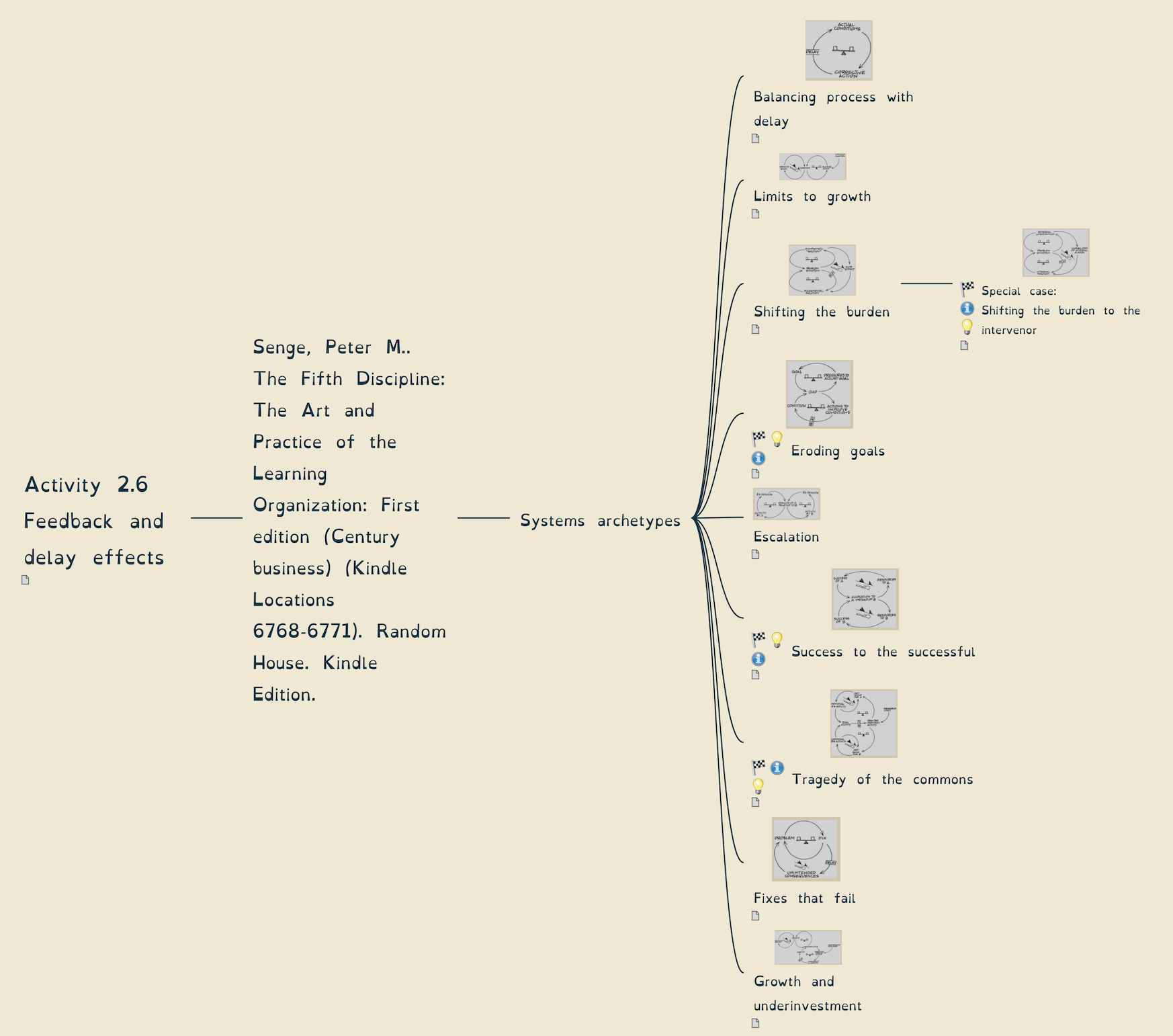My initial education as an engineer and then as a business analyst trained my mind to work in terms of processes, circuits, and the discreet description of components that would always meant to fit neatly within a map (scope). However, during the experience accrued as an analyst and within the context of strategy-making, I have encountered many situations where process-thinking and process-oriented approaches have not completely addressed the problem(s) before me.
One could say that I have dealt with messes by addressing the individual interlocking components separately and expecting the mess to be resolved. But that approach has never been able to deal with the uncertainty that characterises the mess, it has simply dealt with the difficulties identified at the time. To use the language from section 1.2.3, the dogmatism inherited from process thinking can be described by the belief that I could address situations as if they were processes so that my engineering-mind could apply reductionism (or Cartesian approaches, as in Cartesian Mechanism) to solve the individual, isolated components.
Additionally, and to support this new mindset, I have started a glossary with definitions and will continue to add new terms and concepts as the course progresses. The 29th April 2018 versión attached here.















